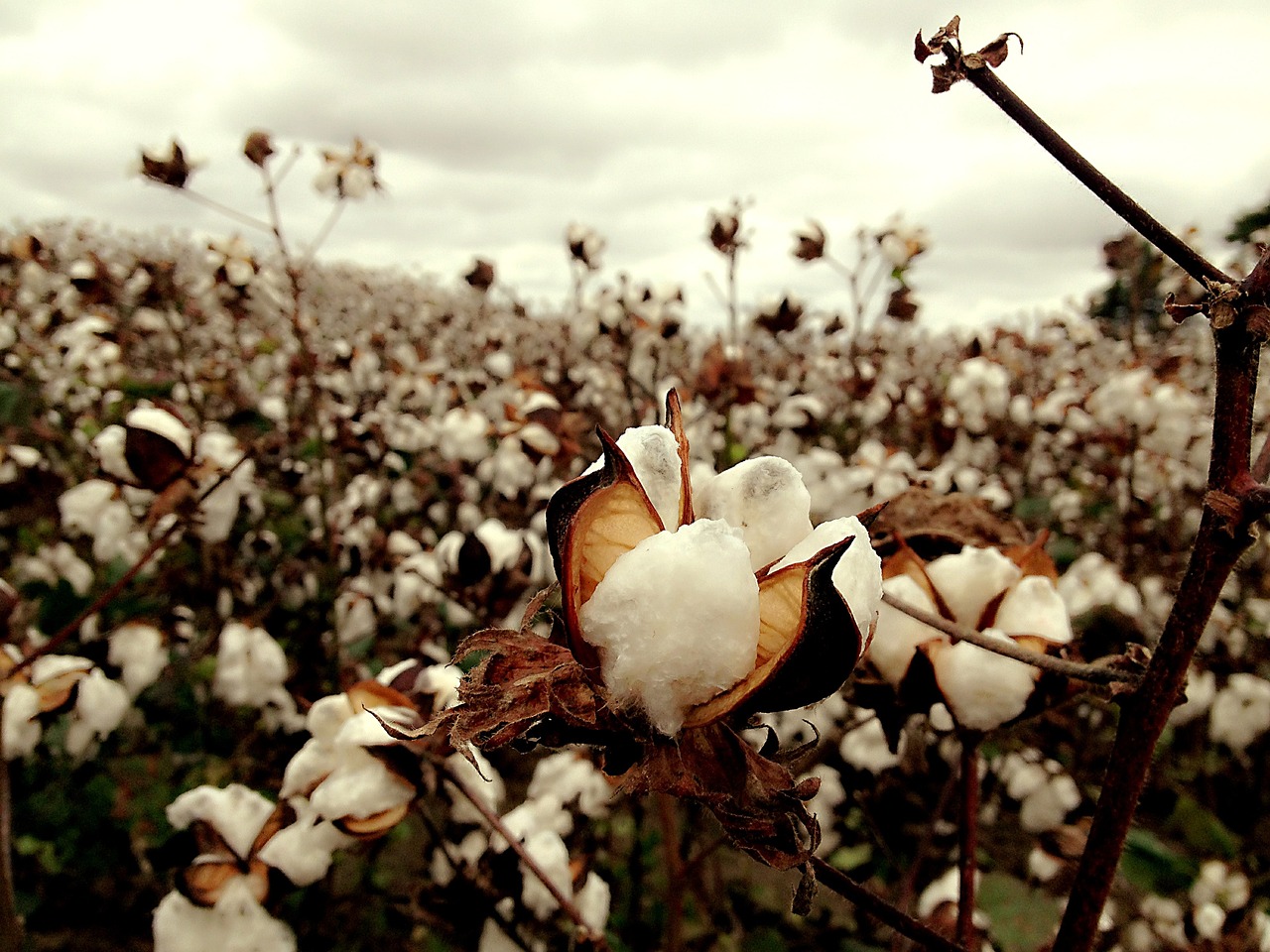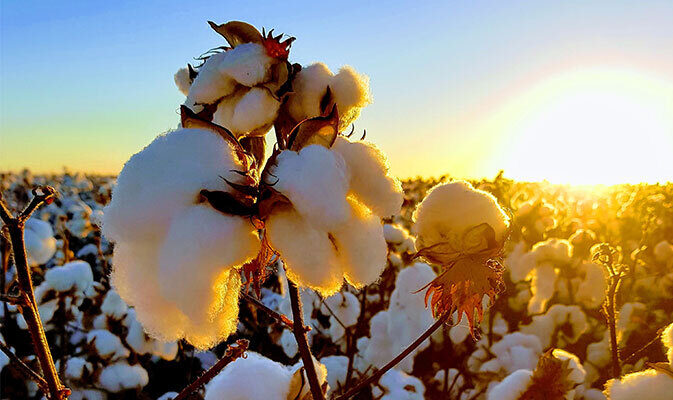The agricultural produce marketing committee (APMC) yards in the growing regions in India have seen cotton arrivals start to rise to a three-year high in March. This is due to the fact that, according to traders and industry leaders, the price of natural fiber has stabilized between 60,000 and 62,000 per candy (356 kg) and that the arrivals have good quality. The market is unsure of the exact amount of cotton being produced this season (October 2022–September 2023) due to an increase in arrivals. Data from the Agricultural Ministry’s Agmarknet indicates that 2.43 lakh tonnes of cotton arrived between March 1 and March 18—a three-year high (lt).
The Indian Texpreneurs Federation’s Convenor, Prabhu Dhamodharan, stated that “we are observing a steady increase in arrivals across all marketplaces” (ITF). They arrive on time and are of high quality. This season, we are dealing with an odd situation because farmers withheld their produce but now appear to be willing to sell, according to Ramanuj Das Boob, a sourcing agent for multinationals from Raichur, Karnataka. The past 15 days have seen an improvement in arrivals. But, because of the farmers’ stockpiling, all-India arrivals (October 20–March 20) are 30% lower than they were during the previous season, according to Sanjay Gupta, MD and CEO of NCML.
Arrivals have grown as candy prices have stabilized at around 60,000. Nevertheless, during rains, arrivals range from 1.6 lacks (170 kg apiece) to 1.8 lakh bales, according to Rajkot-based dealer Anand Popat. According to Agmarknet data, cotton arrivals increased this week to 77,498 tonnes from 49,573 tonnes the previous year and 30,334 tonnes in 2022. The Center revised its crop expectation from 311.18 lakh bales to 337.23 lakh bales in its second advance estimate. Shankar6 grade cotton is currently selling for 61,750 per candy in Gujarat. Raw cotton, or kapas, is quoted at $7,900 per quintal. Cotton for April delivery on the MCX closed at 61,160 per candy.
Demand has stalled as a result of global macroeconomic issues such as rising interest rates, a volatile financial climate, and recessionary fears, according to Gupta. Lower yarn demand is almost having an influence on spinning mills’ purchases, according to Popat. “Spinning mills have begun increasing stocks, though slowly because prices have stabilized “Due to the muted global demand signals for textile and apparel items, mills are still hesitant to opt for higher inventories. Due to their exhaustion of stockpiles, only a few countries are showing areas of recovery, according to Dhamodharan.

